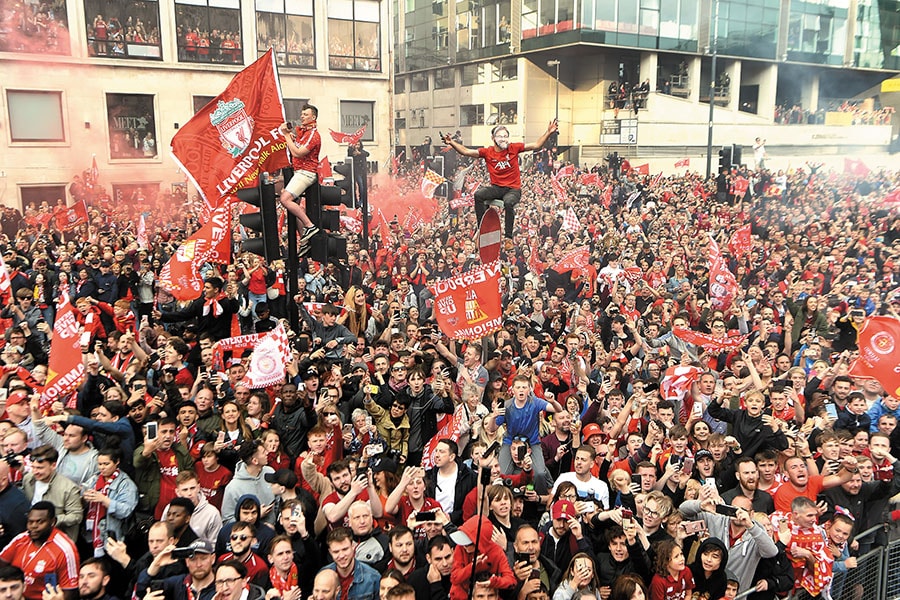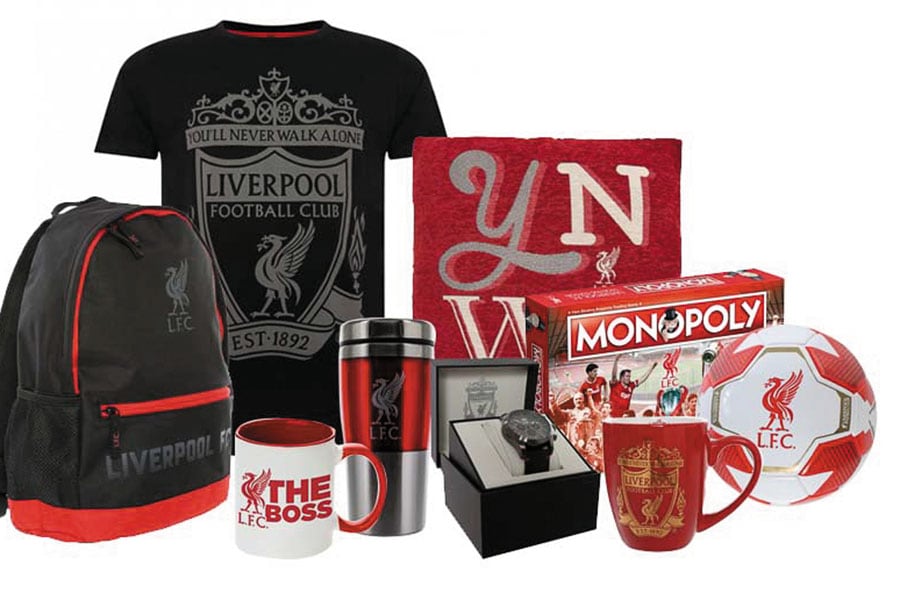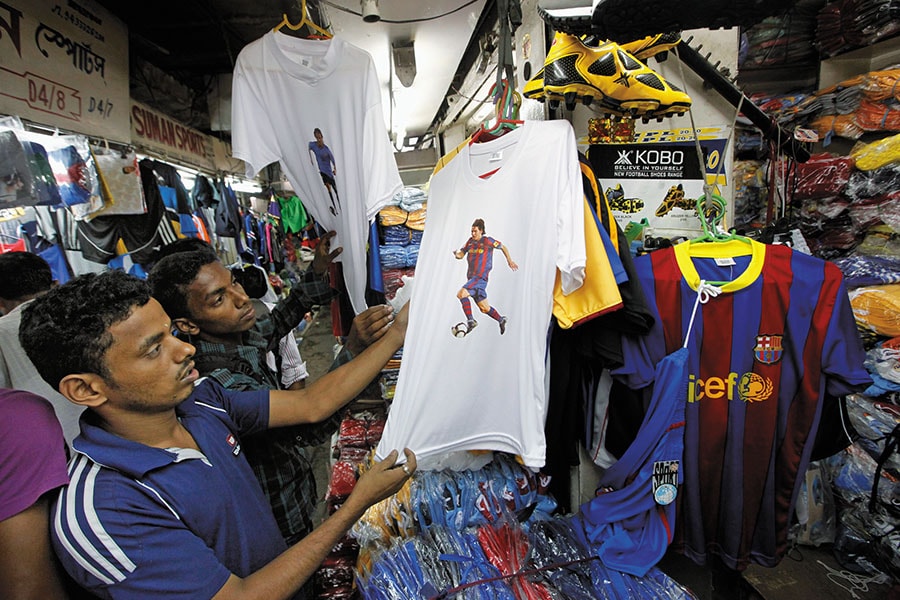
Why hasn't sports merchandise taken off in India?
Selling official sports merchandise in India has always been tough. But leagues are learning their lessons, and beginning to do things differently
 While official jerseys of clubs such as Liverpool cost from ₹4,695 to ₹5,499 in India, in the UK they cost £65-70, marginally more than in India
While official jerseys of clubs such as Liverpool cost from ₹4,695 to ₹5,499 in India, in the UK they cost £65-70, marginally more than in IndiaImage: John Powell/Liverpool FC Via Getty Images
Arjun Kulkarni (30) has been a Liverpool FC fan since 2002, when Danny Murphy silenced Old Trafford with a late winner, ending arch rivals Manchester United’s nine-match unbeaten run. But although Kulkarni has supported the Reds through thick and thin for nearly 17 years, the Mumbai resident has purchased only five pieces of the football club’s merchandise: A plaque, a scarf, a poster, a calendar, and a keychain. Of these, only two are official club merchandise—the plaque and the scarf, which he bought on a trip to the UK a few years ago.
The other three items were bought from local shops in Pune, when he was in college. “I’m pretty sure they were fakes because of their price,” says Kulkarni, now senior manager at an analytics company. “Even today, apart from the club jersey, I don’t even know if official Liverpool merchandise is available in India. I would be willing to pay for official merchandise, but I can’t find anything.”
Kulkarni’s wait could be over soon. In August, three months after Liverpool were crowned the champions of Europe, the club struck a deal with Dream Theatre, a Mumbai-based brand management and licensing agency, to run its licensing business in India and South Asia. Dream Theatre will partner with licensees to give Liverpool fans access to a range of products such as apparel, sporting goods, gifts and novelties.
This licensing model for international sports teams is not new to India, let alone Liverpool itself. In 2016, the club had tied up with sports marketing firm Baseline Ventures in a reported four-year deal till 2020. However, the deal fell through with a year left on the contract. “Our experience with Liverpool was not too good,” says Vipin Nair, co-founder of Baseline Ventures. “The market was very limited, and we struggled to grow beyond a point. We had signed up with a couple of licensees, but they were all struggling to sell products.”
 Liverpool fans in India will soon be able to access a range of products from apparel to novelties
Liverpool fans in India will soon be able to access a range of products from apparel to noveltiesHard sell
What Nair says applies not just to Liverpool FC but is endemic to India’s licensed sports merchandise industry, say experts. Official merchandise of teams, whether Indian or international, is hard to sell.
According to Licensing International’s annual global industry survey, in 2018 the sports category accounted for only $41 million of the nearly $1.6 billion-worth of total retail sales of licensed merchandise in India; that’s less than 2.6 percent. Globally, sports accounts for nearly 10 percent, or $27.8 billion of the total sales of $280.3 billion. It’s a category that grew 4.9 percent globally in 2018 over the previous year, higher than the market average of 3.2 percent.
(This story appears in the 30 November, -0001 issue of Forbes India. To visit our Archives, click here.)


 The high prices of licenced merchandise have contributed to a booming knockoffs industry in India
The high prices of licenced merchandise have contributed to a booming knockoffs industry in India India is one of the strongest markets for Puma’s motorsport range which starts from ₹1,299 for caps to ₹9,999 for a jacket
India is one of the strongest markets for Puma’s motorsport range which starts from ₹1,299 for caps to ₹9,999 for a jacket




